The Vibrant Traditions of Nimalung Tshechu Festival
The Nimalung Tshechu Festival is a highlight for those exploring Bhutan tour packages, offering a unique opportunity to witness the country’s cultural richness firsthand.
The Nimalung Tshechu Festival is a festival that takes place in the tranquil settings of Bhutan, between the majestic Himalayas.
This vibrant festival, immersed in Bhutanese spirituality and culture, provides an insight into the diverse range of rituals that make up this wonderful nation.
Significance of the Nimalung Tshechu Festival
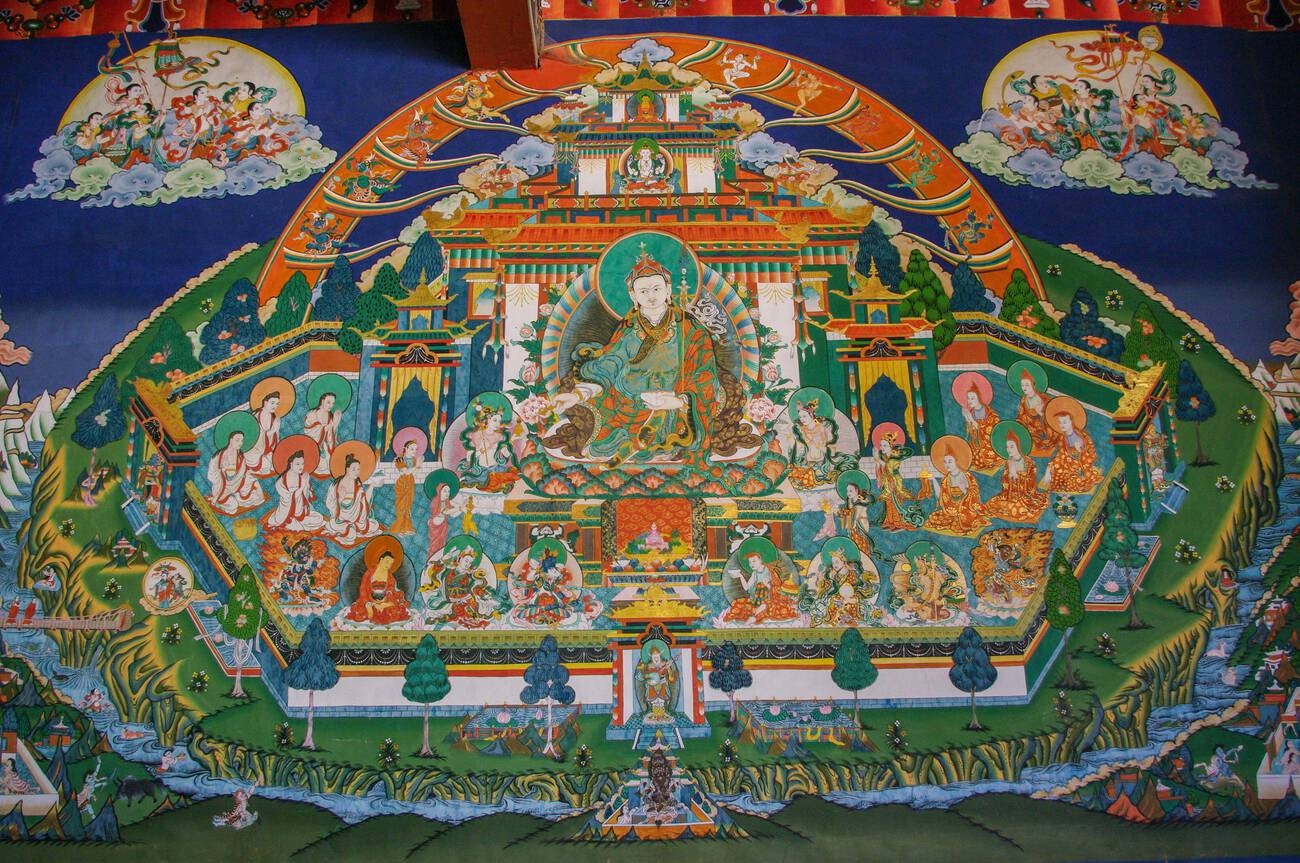
Bhutanese people have a particular place in their hearts for the Nimalung Tshechu Festival, which honors the actions of the holy saint who brought Buddhism to Bhutan in the eighth century, Guru Rinpoche, also known as Padmasambhava.
According to legend, Guru Rinpoche blessed the region and defeated bad spirits, impacting Bhutanese culture. Honoring his legacy is the annual celebration at the Nimalung Monastery in the Bumthang Valley.
A celebration that captures the spirit of the country’s rich cultural legacy in the tranquil valleys of Bhutan.
Historical Roots of the Festival
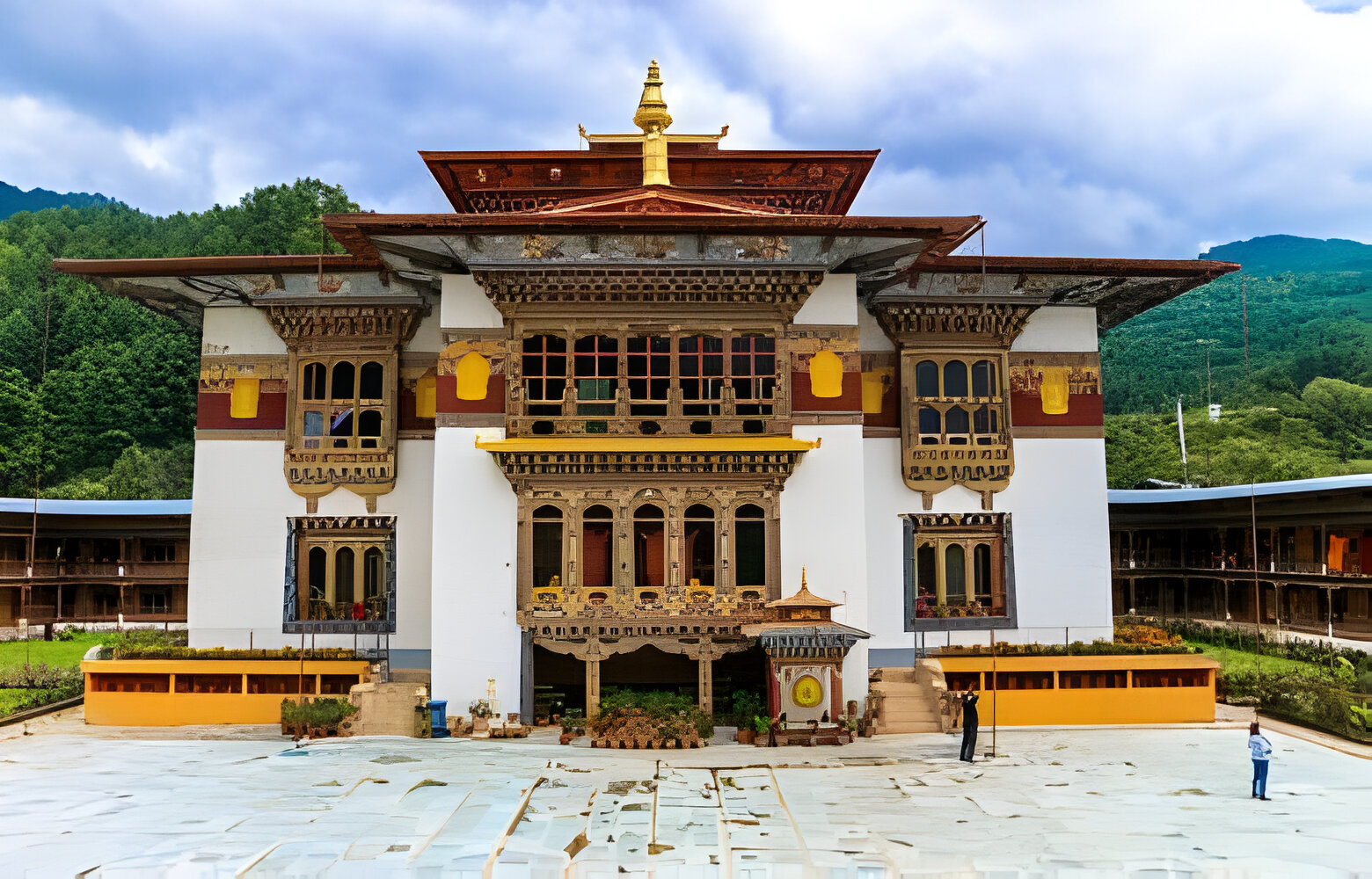
The Nimalung Tshechu Festival is celebrated annually at the Nimalung Monastery in the picturesque Bumthang Valley.
This sacred site holds great significance in Bhutanese history, as it is believed to have been founded by the Tibetan saint Longchenpa in the 14th century.
Over the centuries, the monastery has served as a center of learning and one of the most spiritual monasteries in Bhutan. It acts as a hub for practice, attracting pilgrims and devotees from far and wide.
Unity of Culture and Religion
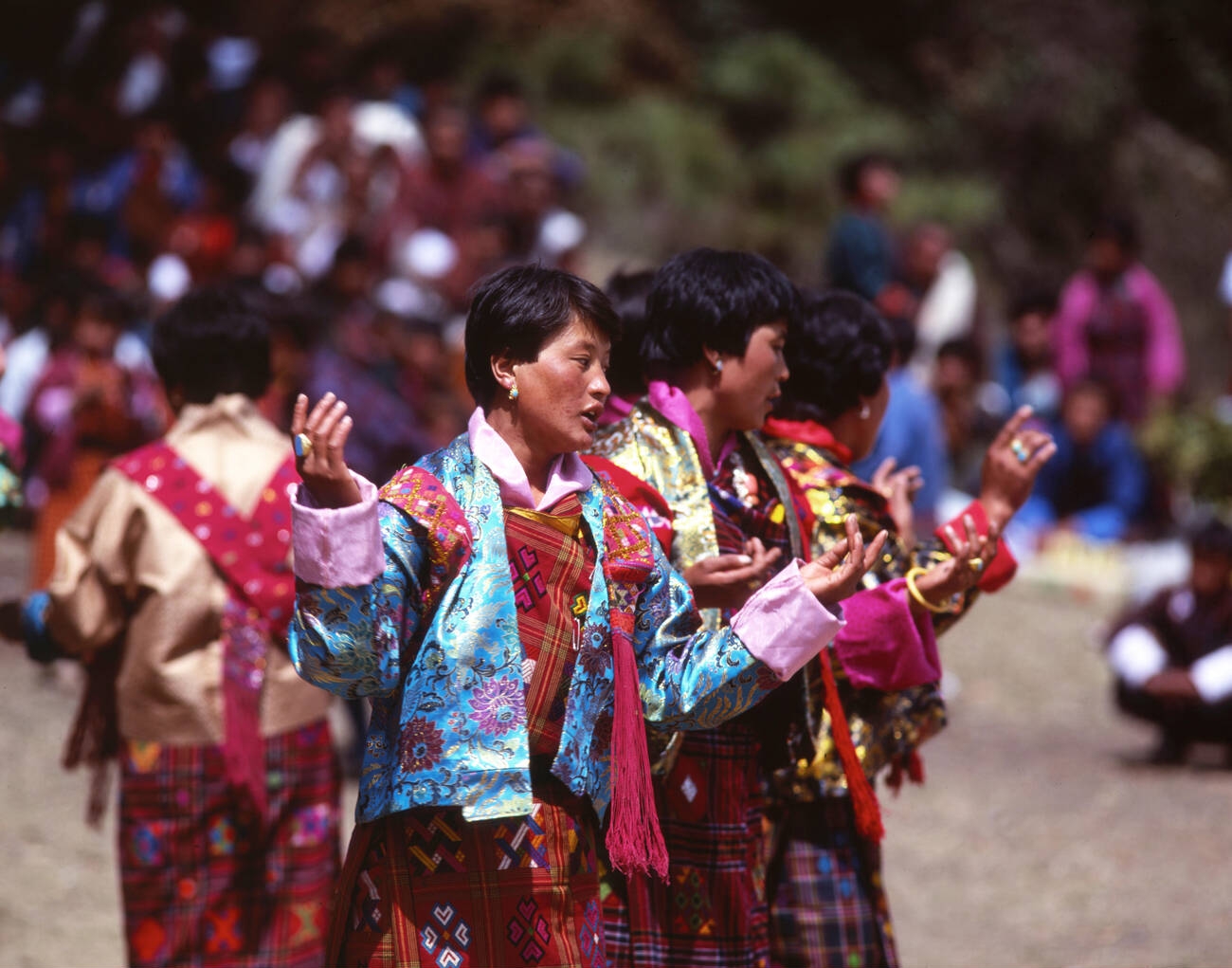
The Nimalung Tshechu Festival is a manifestation of the deep spiritual devotion and cultural pride of the Bhutanese people.
Locals use it as a holy day to gather for worship, introspection, and celebration, strengthening their beliefs and building relationships.
For visitors, the festivals in Bhutan offer a rare opportunity to witness the living heritage of the country and to experience the beauty and wonder of its traditions firsthand.
Symbolism and Rituals
The Nimalung Tshechu Festival is full of rituals and symbols, with each component expertly planned to convey both cultural value and deep spiritual lessons:
1. Traditional Masked Dances (Cham)
Central to the festival are the mesmerizing masked dances, known as cham, performed by the monastery’s monks.
These dances serve as a visual spectacle and a medium through which ancient legends, religious teachings, and symbolic rituals are conveyed.
Each dance has its unique choreography, costumes, and musical accompaniment, carefully crafted to embody specific themes and messages.
The masks worn by the dancers represent various deities, demons, or mythical beings, each with its symbolism and significance in Bhutanese mythology.
2. Dance of the Lords of the Cremation Grounds (Durdag)
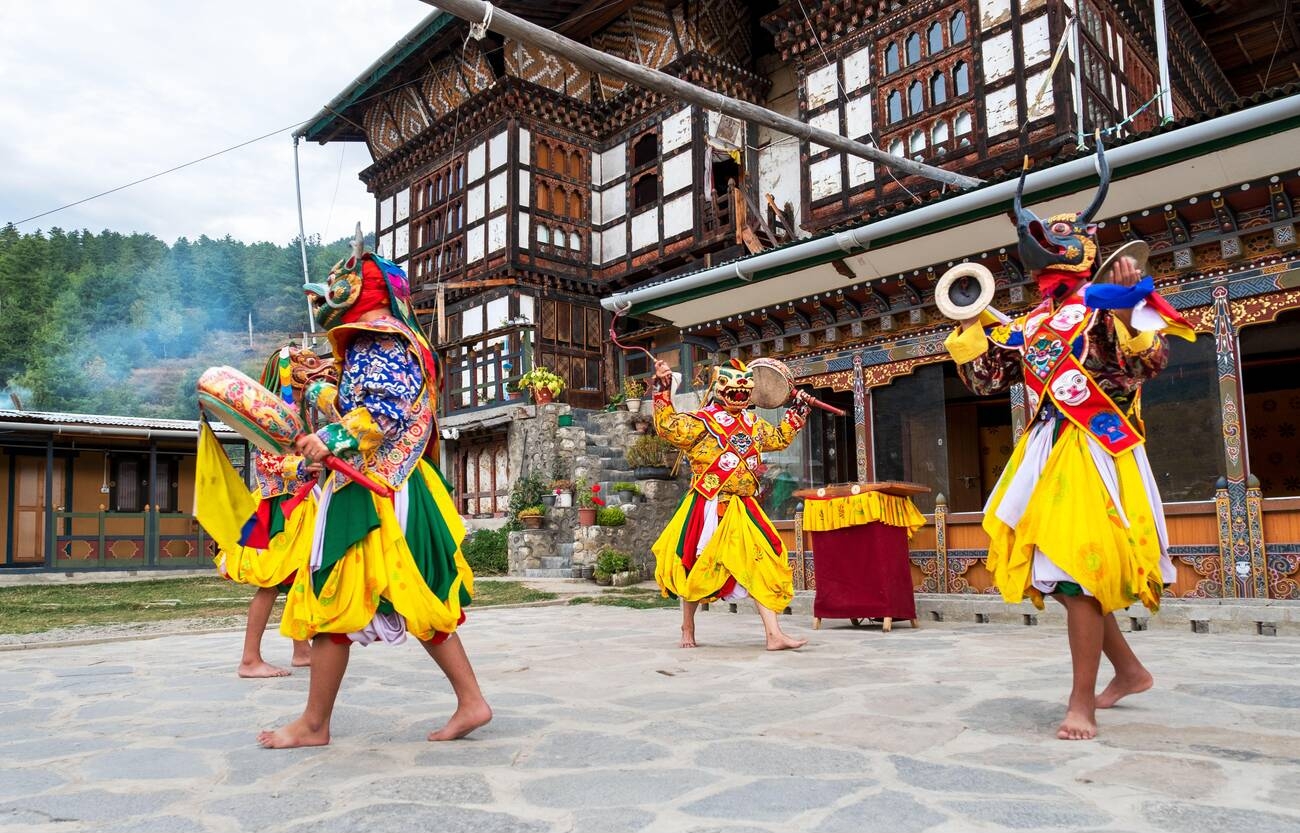
The Durdag, or Dance of the Lords of the Cremation Grounds, is one of the most esteemed dances performed during the Nimalung Tshechu.
This passionate dance represents the passing away of life and the victory of virtue over evil.
The dancers portray furious gods defeating evil forces with symbolic weapons while wearing intricate costumes decorated with skulls and bones.
The loud drumbeats and rhythmic dances create a captivating ambiance that inspires awe and devotion in the onlookers which makes attending this festival one of the most interesting things to do in Bhutan.
3. Unveiling of the Thongdrel
The unveiling of the thongdrel, a huge silk tapestry that features Guru Rinpoche and his eight incarnations, is another important celebration ritual.
It is said that those who see this holy banner would receive protection and benefits.
At the unveiling ceremony, people assemble in expectation of seeing the holy thongdrel. It is a moment of tremendous devotion and spiritual significance.
A sensation of wonder and devotion fills the room as it unfolds before their eyes, confirming the devotees’ strong spiritual bond with Guru Rinpoche.
4. Offerings and Prayers
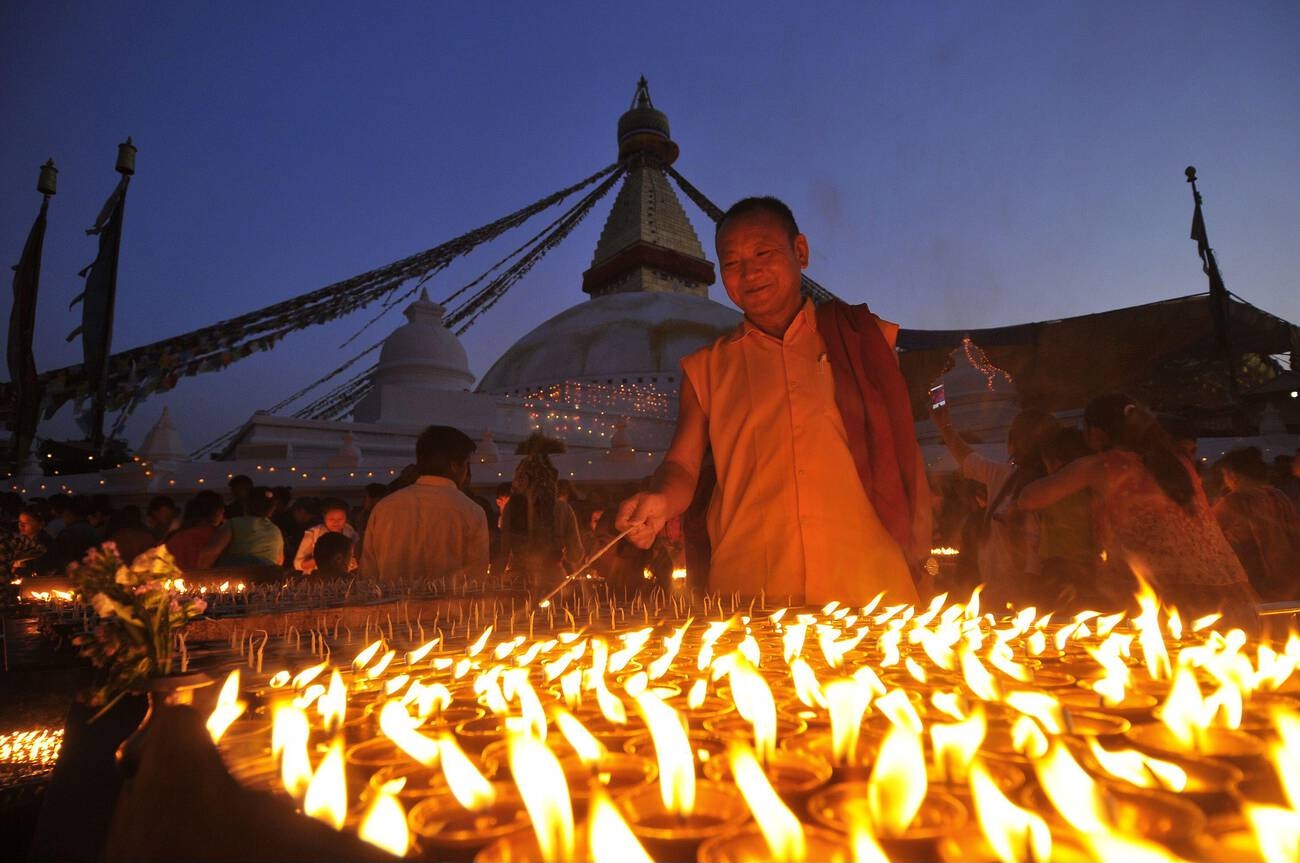
Offerings of food, flowers, and incense are made to the deities as a show of dedication and appreciation throughout the festival.
Monks carry out complex rites and prayers to ask for blessings for the community’s wealth and well-being.
A sublime atmosphere is created by the chanting of religious mantras and the melodic sounds of traditional musical instruments, which carries attendees into a state of spiritual joy.
It is said that by making these offerings and praying, one can build merit, clear away bad karma, and eventually achieve spiritual liberation.
Traditional Games & Activities
Traditional games and activities play a vital role in fostering camaraderie and strengthening the sense of community during the Nimalung Tshechu Festival.
These age-old pastimes provide opportunities for people of all ages to come together, interact, and bond over shared experiences.
1. Archery Competitions
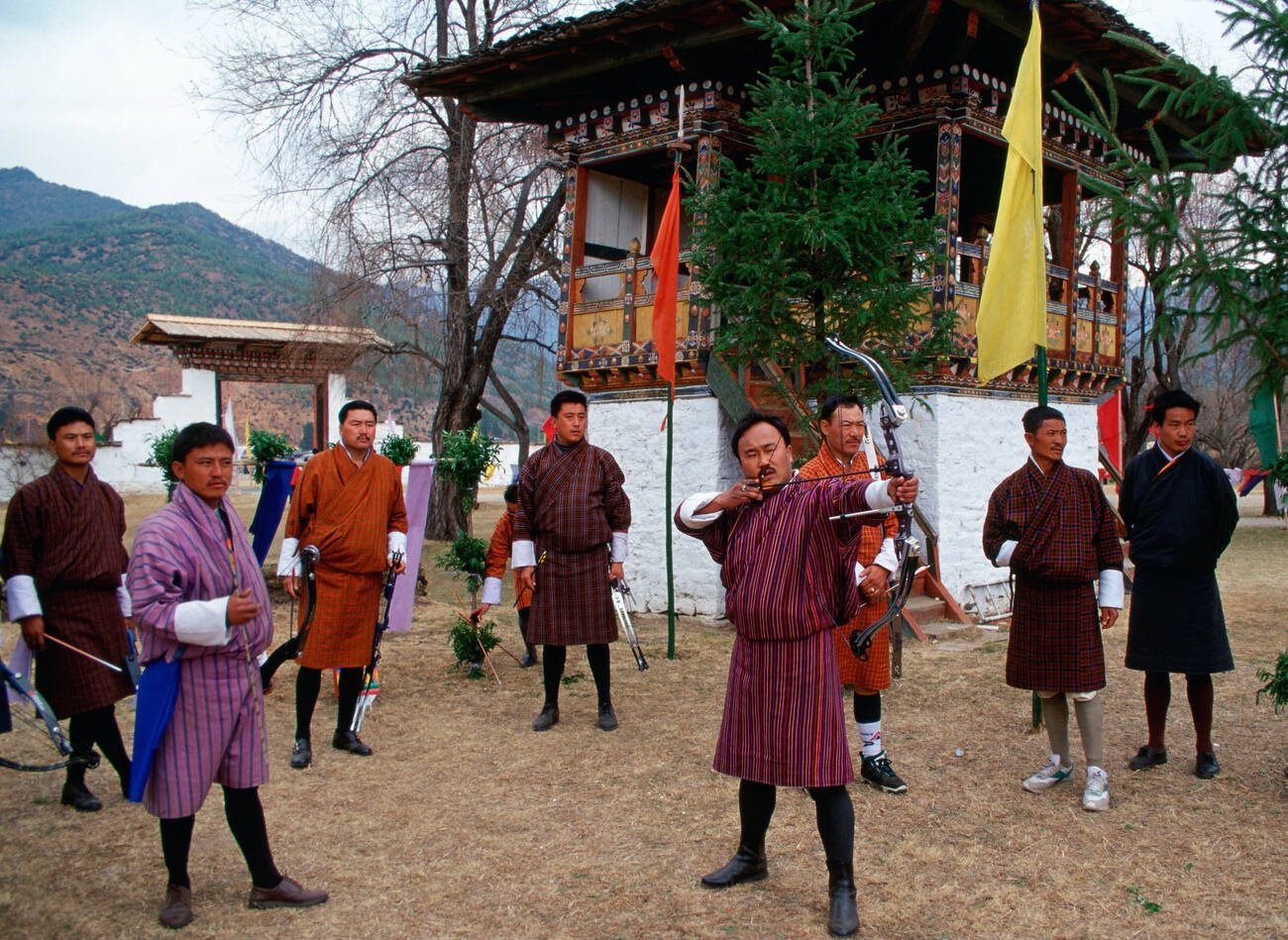
Archery holds a special place in Bhutanese culture, serving as both a traditional sport and a social activity. During the festival, archery competitions are organized, attracting participants from nearby villages and beyond.
Teams compete against each other in a friendly yet spirited atmosphere, showcasing their skills and sportsmanship.
2. Khuru (Dart) Tossing
Khuru, or dart tossing, is another popular traditional game enjoyed during the festival. Participants take turns throwing wooden darts at a small target placed several meters away.
The game requires a combination of precision, concentration, and strategy, making it both challenging and entertaining.
3. Traditional Singing and Dancing
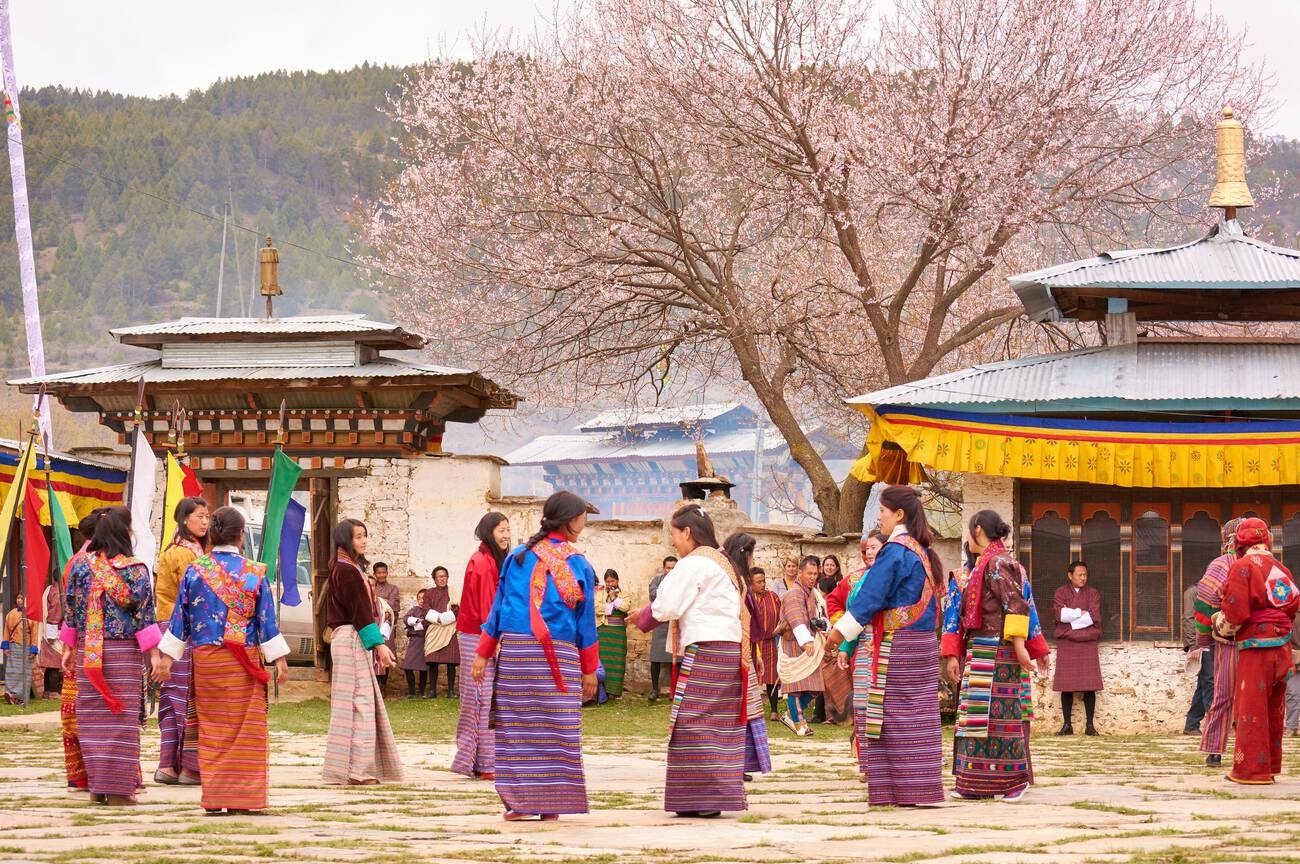
Music and dance are integral parts of Bhutanese culture, and the Nimalung Tshechu Festival provides a platform for showcasing traditional performances.
Local musicians and dancers entertain the crowd with lively tunes and graceful movements, inviting spectators to join in the festivities.
The Nimalung Tshechu Festival is essentially a celebration of the eternal beauty and spirit of Bhutanese culture.
It reminds us of the power of tradition, community, and spirituality to break down barriers and bring people together in harmony and peace. It acts as a symbol of hope, inspiration, and unity for people of all backgrounds.
The sounds of joyful laughter and sacred chanting echo through the atmosphere as the sun sets on yet another magnificent Nimalung Tshechu Festival, serving as a constant reminder of Guru Rinpoche’s legacy and the eternal customs that will continue to enhance the lives of future generations.
What is the Nimalung Tshechu Festival?
The Nimalung Tshechu Festival is an annual religious and cultural event held at the Nimalung Monastery in Bhutan’s Bumthang Valley. It celebrates the teachings of Guru Rinpoche.
When does the Nimalung Tshechu Festival take place?
The Nimalung Tshechu Festival typically takes place in the lunar calendar month of June or July, corresponding to the fourth month of the Bhutanese calendar.
What activities and rituals can I expect at the Nimalung Tshechu Festival?
At the Nimalung Tshechu Festival, you can expect a rich array of activities and rituals, including Traditional Masked Dances (Cham), the unveiling of the Thongdrel, Prayer Ceremonies, and Community Gatherings.
Can tourists attend the Nimalung Tshechu Festival?
Yes, tourists are typically welcome to attend the Nimalung Tshechu Festival. Bhutanese festivals, including the Nimalung Tshechu, are open to both locals and visitors, offering an opportunity for cultural immersion and spiritual enrichment.





